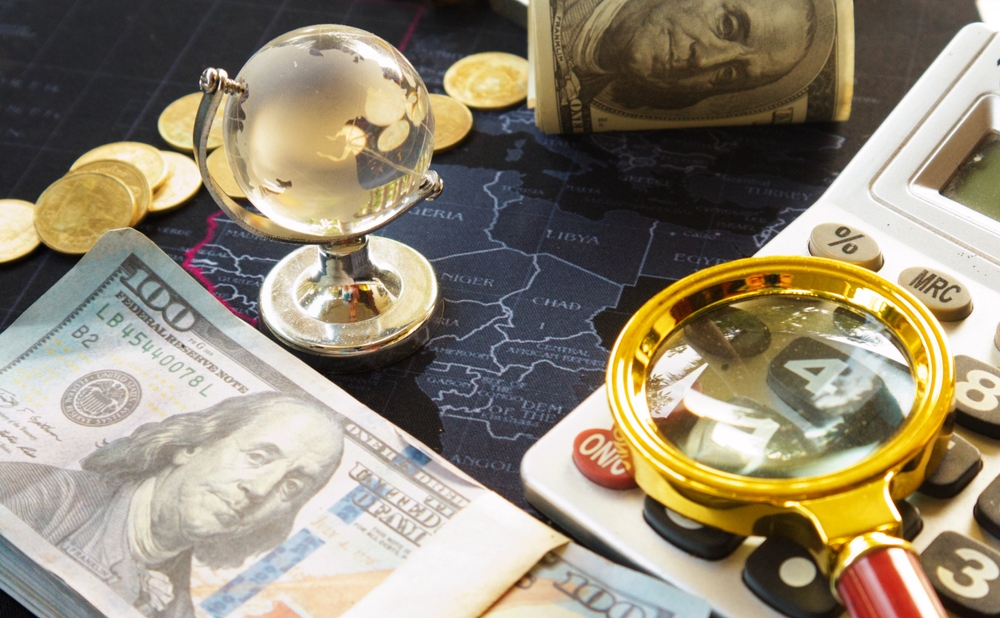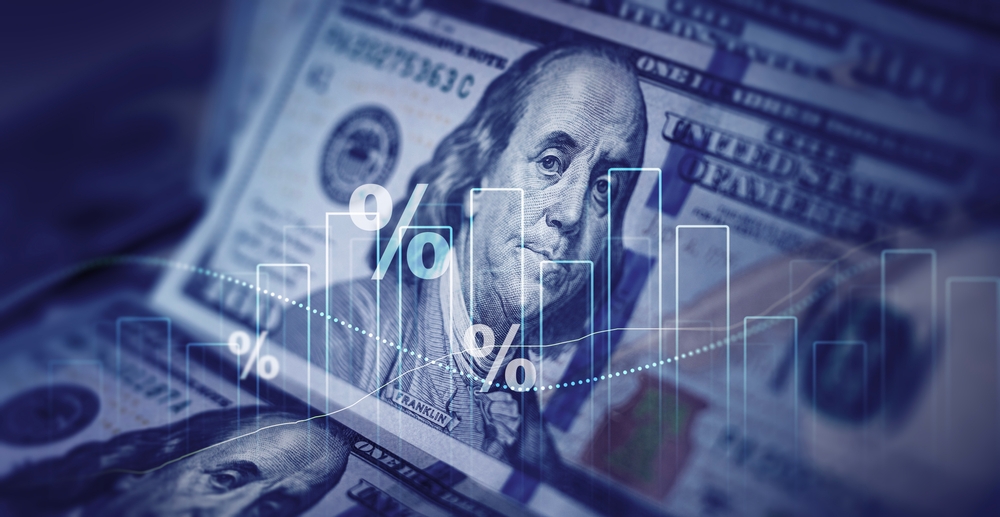
In today’s interconnected world, global political events often spill directly into financial markets. For investors, this means a constantly shifting landscape full of unpredictable risks that can seriously shake their investments. But how can you avoid panic and instead respond with a cool head? This article will walk you through the key aspects of geopolitical risks, their impact on markets, and how to stay calm even in times of uncertainty.
When World Politics Dictate Prices
Geopolitical risks are no longer just news headlines we read and quickly forget. Their impact on markets is deep and often dramatic. Think of armed conflicts, political unrest, trade wars, or sanctions that disrupt supply chains and create pressure on commodity prices, currencies, or stocks. Examples like Russia’s invasion of Ukraine or the trade disputes between the U.S. and China show that these events can destabilize entire regions and trigger sharp price swings. What’s crucial to understand is that markets often respond in two phases: first, with short-term panic that can lead to steep declines, and then with a longer phase of consolidation and adaptation, during which new opportunities emerge.
How Emotions Shape Our Investment Decisions
When geopolitical headlines flood the media, fear often awakens in an investor’s mind—and that fear can be more dangerous than the events themselves. Emotions such as FUD (fear, uncertainty, doubt) or FOMO (fear of missing out) lead to impulsive decisions that often defy logic. For example, when we see dramatic news, we tend to give it more weight than long-term facts, which causes exaggerated reactions and unnecessary sell-offs. Recognizing these psychological traps is essential for every investor. Only by doing so can one maintain discipline and avoid unnecessary losses.
Less Stress, More Strategy
Understanding that geopolitical risks cannot be completely eliminated—but can be managed—is key. The foundation is diversification. Spreading investments across regions, sectors, and different asset classes helps. For example, while Europe might be facing challenges, Asia or the Americas may offer more stable opportunities. Don’t forget about defensive sectors like healthcare or consumer staples, which tend to be more resilient during crises. In times of uncertainty, so-called "safe havens" also prove their worth—such as gold, government bonds from developed countries, or the U.S. dollar, which can help preserve portfolio value. You can learn more about these assets in our previous article. More advanced investors can also use tools like options or futures to hedge against sudden market shocks. The key is to have a well-thought-out plan in advance and to keep emotions in check.
What History Teaches Us
Past crises show us that while markets may react with sharp declines in the short term, they often recover quickly. After the September 11 attacks in 2001, for example, there was a significant drop, but markets rebounded within a few months. Similarly, after geopolitical shocks like the Iraq invasion or the annexation of Crimea, markets found their balance. The most striking example came with the COVID-19 pandemic, which triggered a record-breaking stock market crash—but by the end of 2020, markets had already recovered and resumed their upward trajectory. This cycle of shocks and recovery is also confirmed by the performance of the MSCI World Index, which tracks stocks from developed countries. Despite many crises over the past two decades, this index has seen an average annual return of approximately 8.59% (in USD)[1]. The long-term trend remains clearly upward. History shows us that patience and a cool head pay off for investors—the best opportunities arise precisely in times of uncertainty.
Performance of MSCI WORLD IDX

(Source: CNBC[2])*
Build a Plan That Can Withstand the Storm
The best way to handle geopolitical uncertainty is to prepare a solid investment plan. Define clear goals, set a time horizon, and determine a realistic risk tolerance—these will serve as your compass in turbulent times. Regular portfolio rebalancing helps maintain a balanced asset allocation and prevents excessive risk in troubled areas. And most importantly—plan ahead when markets are calm, not in the middle of a crisis. A long-term approach, discipline, and level-headedness are what will protect you from impulsive decisions that can lead to losses. If you found this topic interesting, explore more blogs on AxilAcademy, where we regularly share practical tips, up-to-date market insights, and investment strategies to help you make better financial decisions.
*Past performance data is not a guarantee of future returns.
[1] https://investingintheweb.com/blog/msci-world-index-historical-data/?utm

He has been trading in the capital markets since 2002, when he started as a commodity Futures trader. Gradually he shifted his focus to equity markets, where he worked for many years with securities traders in Slovakia and the Czech Republic. He also has trading experience in markets focused on leveraged products such as Forex and CFDs, and his current new challenge is cryptocurrency trading.


